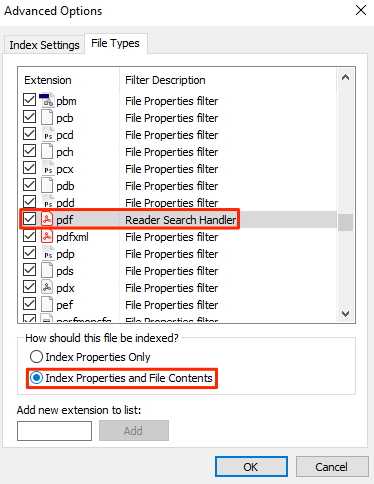

- CREATE HYPERLINK IN ADOBE ACROBAT TO AN OUTSIDE FILE PDF
- CREATE HYPERLINK IN ADOBE ACROBAT TO AN OUTSIDE FILE FULL
- CREATE HYPERLINK IN ADOBE ACROBAT TO AN OUTSIDE FILE SOFTWARE
- CREATE HYPERLINK IN ADOBE ACROBAT TO AN OUTSIDE FILE DOWNLOAD
- CREATE HYPERLINK IN ADOBE ACROBAT TO AN OUTSIDE FILE FREE
How can you tell what screen size to design for? Check the ads for computers sold locally and by major international vendors such as Dell. If you anticipate that many readers will use the document on laptop computers, pick a slightly smaller size. To fit comfortably on the smaller monitors, the ideal page size must be less than 10 inches wide by 7 inches tall. Many designers use 19- and 21-inch screens, and forget that most computer users only have 14-inch monitors. The appropriate "page" size for any online document is one that fits comfortably on a standard monitor.
CREATE HYPERLINK IN ADOBE ACROBAT TO AN OUTSIDE FILE FULL
Taking full advantage of Acrobat to produce successful online documents involves four steps:� Fortunately, that's not a difficult task.
CREATE HYPERLINK IN ADOBE ACROBAT TO AN OUTSIDE FILE PDF
You can certainly optimize PDF files for on-screen reading-provided that you take the same care you'd take in designing any other page layout. This problem arises from a mismatch between paper and the online medium, not from any inherent limitations of Acrobat. Even if you do produce a landscape-orientation design that works equally well on both paper sizes, the format is unfamiliar to most readers it thus makes for an uncomfortable choice, particularly when placed in standard binders.� Moreover, that design doesn't match the dimensions of European A4 paper, which is widely used outside North America. You could instead design the document in "landscape" format, with the longest dimension running horizontally, but that still sacrifices 1 inch of width and 1.5 inches of height on the page if you also intend for readers to print the document.

Such documents won't fit comfortably on a standard 14-inch monitor (around 10x7 inches) 3.5 inches of the text remain unreadable below the bottom of the screen until readers scroll downwards to see the hidden text, or resize the document to fit on the screen, thereby reducing the type to illegibility. That limitation, unfortunately, greatly reduces the possibility of single-sourcing with Acrobat.�Ĭonsider, for example, documents designed to print on North American letter-sized paper (8.5x11 inches) without wasting enormous amounts of paper.

Unfortunately, single-source documents are only possible using technologies such as SGML Acrobat can't fill this need because once you've chosen the document dimensions for a PDF file, readers can no longer alter this size. This "single sourcing" is one of the holy grails of technical communication, since it would provide twice as many products for a single product's investment in labor. Why? Because designers forget that a single document designed for print only rarely serves as an acceptable source for an online document. The second reason is what makes Acrobat most interesting, and what causes readers the most grief. But none of this gives us more than a printed document, distributed online.�
CREATE HYPERLINK IN ADOBE ACROBAT TO AN OUTSIDE FILE DOWNLOAD
The first reason makes sense where timely access to information and high production quality are important: readers can immediately download files and print them at better quality than a fax could produce, in about the same amount of time better still, they can print a full-color document on a color printer.
CREATE HYPERLINK IN ADOBE ACROBAT TO AN OUTSIDE FILE SOFTWARE
For the first time, we can combine white space, text, and illustrations to produce an attractive, readable document- readable by people who don't own the software we used to create the file- and without worrying that they'll resize the window and destroy the whole design. �įor the first time, we can choose typefaces for online information that convey a specific "look and feel" and meet our legibility goals without worrying about whether our audience installed those typefaces on their computer.
CREATE HYPERLINK IN ADOBE ACROBAT TO AN OUTSIDE FILE FREE
Negotiating ContractsSetting Fees/Getting PaidĪdobe Acrobat produces PDF files that readers can use on any computer with the free Acrobat Reader software, and these files offer all the advantages of printed books: with Acrobat, we can now produce online documents whose visual design benefits from centuries of research and experimentation in book design. HELPFUL LINKS | EDITOR'S CORNER (Ramblings on the Writing Life) HOME | ABOUT US | CONTACT US | SITE MAP | MASTER ARTICLE INDEX | ADVERTISE WITH US! Formatting Your E-Book with Adobe Acrobat


 0 kommentar(er)
0 kommentar(er)
